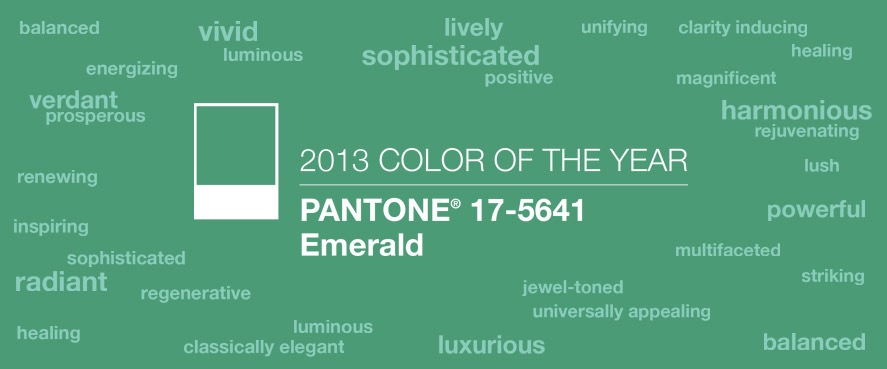A Spot of Paint
14 12 12. Tutorials
I’ll take any technological advantage to convince my husband that it is not that difficult to repaint a room a new colour (or finally paint over the god-awful cream in my office-slash-laundry, the only room left to repaint). He recently came home marvelling at his great new discovery on a Bunnings trip. Paint that lets you know if you’ve missed a spot and when its ok to paint the next coat! Taubmans EasyCoat Ceiling Pink to White changes from pink to white as it dries. I’ve since found that there are a few others out there, such as Dulux NeverMiss One Coat Ceiling White so you have a few choices.
The only problem I’ve found with this is the high VOC levels, a staggering 105g/L compared to low-VOC ceiling white paints that have around 5g/L.
Since a friend asked the other day, and I realised that not everyone has a background in Architecture and Sustainability, I thought I’d share a few simple tips for paint selection. The type, that is, not the colour - thats waaay too personal and subjective and depends on soooo many factors.
Its handy to know what to ask for when you get to the paint counter. Here are a few things to look out for:
Low or No VOC (Volatile Organic Compounds). I am astounded that this is not standard by now and you have to specifically look for it, but fortunately it is getting a lot easier to find. Apart from these products reducing your greenhouse footprint, they also provide instant benefits to you and your family, for example a decrease in asthmatic reactions and allergic sensitisation through less off-gassing, that nasty paint smell.
No Formaldehyde - yes that stinky stuff that they preserve bodies with (at least they did during my former life in the medical field, but have hopefully ceased using now) and is carcinogenic as well as thought to cause allergies, headaches and numerous other health issues. This can also be found in adhesives, particleboard (like MDF), linoleum, disinfectants, and some nail polishes - eek! Best avoided.
Here are some to keep your eyes open for:
* Any Dulux paint with the Eco Choice symbol on the label is low-VOC. This includes most of their Wash & Wear wall paints, EnvirO2 and ceiling white.
* Taubmans Pure Performance with Microban is a low-VOC, mould resistant Acrylic.
* Porter's zero VOC or low VOC paints
* ecolour’s entire range
* Resene’s Environmental Choice approved paints
* Wattyl interior design i.d Paint System using Ecotint for colouring.
When in doubt, check out Ecospecifier for more responsible product selection. Greenpainters also have this (a bit long) vid that explains low VOC paints, if you want to know more.
A few cool bits of paint tech and terminology I can’t resist throwing in there:
* Thermochromic paint - Changes colour with the temperature. I think I could have endless fun pressing up against the wall like a hyper colour t-shirt.
* CoolColour - reduced Total Solar Reflectance (TSR), that is, the colours work by reflecting energy in the near and far infra red region of the spectrum even though they absorb strongly in the visible region. Put simply, dark colours reflect more light than normal but look the same, so you don’t have to stick to white for most reflectance.
* SolarPaintTM - a solar paint that may be printed onto plastic, integrated into tinted windows and other building materials, making the whole structure itself a source of power. How awesome!
And I realise I said I wouldn’t touch colours, but in honour of Christmas and the end of the year, why not have a bit of fun and paint Pantone’s colour of the year for 2013, Emerald 17-5641, somewhere in your house.
The only problem I’ve found with this is the high VOC levels, a staggering 105g/L compared to low-VOC ceiling white paints that have around 5g/L.
Since a friend asked the other day, and I realised that not everyone has a background in Architecture and Sustainability, I thought I’d share a few simple tips for paint selection. The type, that is, not the colour - thats waaay too personal and subjective and depends on soooo many factors.
Its handy to know what to ask for when you get to the paint counter. Here are a few things to look out for:
Low or No VOC (Volatile Organic Compounds). I am astounded that this is not standard by now and you have to specifically look for it, but fortunately it is getting a lot easier to find. Apart from these products reducing your greenhouse footprint, they also provide instant benefits to you and your family, for example a decrease in asthmatic reactions and allergic sensitisation through less off-gassing, that nasty paint smell.
No Formaldehyde - yes that stinky stuff that they preserve bodies with (at least they did during my former life in the medical field, but have hopefully ceased using now) and is carcinogenic as well as thought to cause allergies, headaches and numerous other health issues. This can also be found in adhesives, particleboard (like MDF), linoleum, disinfectants, and some nail polishes - eek! Best avoided.
Here are some to keep your eyes open for:
* Any Dulux paint with the Eco Choice symbol on the label is low-VOC. This includes most of their Wash & Wear wall paints, EnvirO2 and ceiling white.
* Taubmans Pure Performance with Microban is a low-VOC, mould resistant Acrylic.
* Porter's zero VOC or low VOC paints
* ecolour’s entire range
* Resene’s Environmental Choice approved paints
* Wattyl interior design i.d Paint System using Ecotint for colouring.
When in doubt, check out Ecospecifier for more responsible product selection. Greenpainters also have this (a bit long) vid that explains low VOC paints, if you want to know more.
A few cool bits of paint tech and terminology I can’t resist throwing in there:
* Thermochromic paint - Changes colour with the temperature. I think I could have endless fun pressing up against the wall like a hyper colour t-shirt.
* CoolColour - reduced Total Solar Reflectance (TSR), that is, the colours work by reflecting energy in the near and far infra red region of the spectrum even though they absorb strongly in the visible region. Put simply, dark colours reflect more light than normal but look the same, so you don’t have to stick to white for most reflectance.
* SolarPaintTM - a solar paint that may be printed onto plastic, integrated into tinted windows and other building materials, making the whole structure itself a source of power. How awesome!
And I realise I said I wouldn’t touch colours, but in honour of Christmas and the end of the year, why not have a bit of fun and paint Pantone’s colour of the year for 2013, Emerald 17-5641, somewhere in your house.

We are on break for a bit, so this will be my last post until the new year. Merry Christmas, Happy New Year, and all the other reasons in the world to celebrate with family and loved ones.
Cheers and Go nuts!
xo Romona
![]()
blog comments powered by Disqus








